In this two-part series ReReeti’s Tejshvi Jain interviewed two Indian collectors and their journey towards making their collections open and more accessible to the public. While one has recently opened a museum the other is exploring ways to reach out to the public through different interventions before building a physical museum. In this post Paul Abraham, a banker by profession and an arts connoisseur by heart talks about his journey , struggles and joys of setting up a museum.
Tejshvi – How did you come to be a collector and please tell us about your collections (time period, sourcing, significance). Highlight 3 most significant recent acquisitions.
Paul – I have a few genres in my collections. I started as a numismatist collecting coins spurred by a love for history and a small set of 10 coins of Travancore state gifted to me by my father. However having lived in Delhi it was near impossible to collect coins of the South so I focused on Mughal coins. The desire to interpret the coins led me to learn basic Urdu. The desire to identify mints led me to study maps and I started collecting old maps. One thing led to another and I started collecting coins, old maps, engravings and books that deepened my knowledge of medieval India.
I started my collection in the mid eighties when I lived in Delhi. Over the past years I have collected paintings of contemporary artists and indigenous forms like Gond, Warli, Pattachitra, Phad and Mithila. The most recent interest has been in the area of 19th century photography. I have now built up a rather interesting portfolio of black and white 19th century photography focused on India with some rare/iconic photographers like Beato, Lyon, Bourne.
Tejshvi – What is your perspective on museums and what has motivated you to set up a museum to house your collections? Give us some details about the space, size of the museum, likely opening date, location, the curator.
Paul – I have been visiting museums for many years. I love walking through museums and soaking it in. I love being transported to the different worlds of time , space and domains. I am also fascinated by the variety of objects, stories , display and outreach techniques adopted by these institutions. And I don’t have a strict definition of a museum as an enclosed space. To me it’s a space which should transport you, leave you fascinated, educate and inspire. I recently went to place which was an abandoned limestone mine. It combined classical music with a digital display of Chagall’s works on 40 foot high walls in a deep cavernous space. It was fabulous and magical.
Tina and I had toyed with the idea of using our collections to build awareness in the larger community. We wanted to focus on the younger audiences. The original plan was to allow folks to see our collections via a website. In fact a prototype had been developed 5 years ago. Tragically Tina fell ill and passed away in April 2014. That made me determined to carry the vision forward. But I was toying with the idea of how best to do it. It had to move beyond a website. It had to be a combination of a physical space that provided an opportunity for a tactile experience and a proactive reaching out to audiences. In large measure we wished to overcome the resistance among audiences of going to a museum because they found them boring and static spaces.
Fortunately at this point I met with Deepthi who had founded and ran a Museum advisory firm. She came on board and over this past year and a half we have journeyed together on this project. She has bought an invaluable insight of the practitioner and a fine eye. Also having worked on multiple projects she had many learning that were brought to bear in fine tuning the Sarmaya proposition. Between my interests in building collections which told a story, and the many collector friends who seemed to support the idea we started off on this road to building an institution that hopefully is one which will make a difference. I feel there is plenty of space for all meaningful initiatives and India has a serious deficit of institutions and processes that build awareness, infrastructure and communities and love of and around our collective heritage.
I have been looking for land in Bangalore but regrettably have not been successful. The moment I get land we will take approximately 2 years to get up and running. However we are not waiting and the outreach programs have already started.
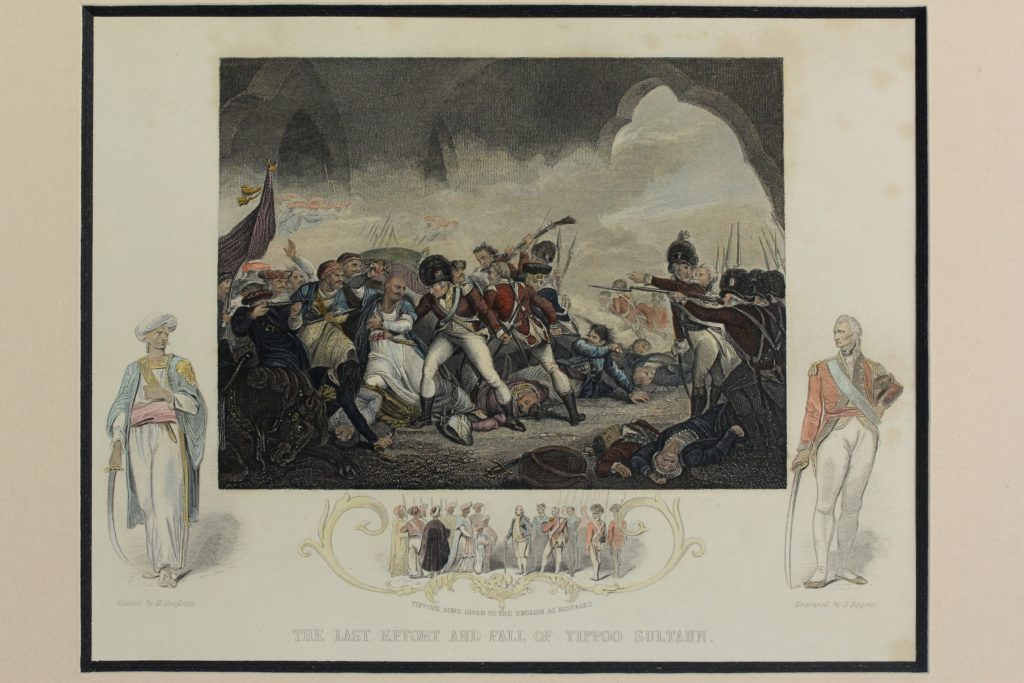
The last effort and fall of Tipu Sultan – engraving by J Rogers after a painting by Singleton – Colour engraving 1858
Tejshvi – Will this be a private museum and is there any plans to partner with the State or other players? How is it funded? What is the long-term vision for this museum and what role do you see yourself playing?
Paul – It will be a Trust. Initially I want to self fund this to enable controlled and speedy execution. I want this to be an engaging space which in some ways will be the psychological core of Sarmaya’s offerings whether on site/ offsite or digital outreach. I expect the management to be professional drawing on experts from various fields even though we may start small and build up progressively. I have a friend who has commenced an initiative to educate village accountants about the antiquity laws and build awareness of heritage. I would love to be involved in something like that. Today our outreach programs run around four themes.
a)Insightful talks for the discerning branded Sarmaya Talks which bring domain experts who talk on various subjects to an adult audience who are in some ways already enthusiastic but want to know more
b)Workshops for young adults branded Sarmaya for Corporates where we go to corporate houses on site and actually show discuss and experience objects and stories on site.
c)Workshops and training for school children branded Sarmaya for Schools where we wish to align the exposure to the curriculum but in engaging ways
d)Art labs to build learning competencies for young kids.
The long-term vision is to bring greater appreciation and love for heritage by providing opportunities and clear inputs to the audiences especially in the formative years. I expect to continue playing an active role in institution building and building meaningful partnerships and infrastructure.
Tejshvi – Can you share some of the challenges you faced in the process of setting up the museum and how you overcame these? Who has supported you through this journey?
Paul – There are many challenges and clearly I haven’t overcome all of them. But we are well on our way.
a)the foremost is the institutional support mechanisms. There are many collectors out there but very little by way of sensible and meaningful advisory input that contributes to the collectors thought processes and desire to reach out with the collections. The museum world in India ,while changing, is essentially in the government domain and very staid. Domain experts are an incestuous group who largely operate in a stratified space without adequate effort being put to develop bridges with collectors and communities. We need for the world of museums, curators, domain experts, academics and collectors and communities to come together in a more symbiotic way and be supported both by Government and the Private sector.
b)Land acquisition is a huge challenge. Titles are bad, legal tangles are many. Government has no substantive mechanisms to support the building up of this space.
c)Collectors need support to document and organize their collections and underpin it with solid research. Most collectors just build collections without investing in systems, processes and study of the subject at hand.
d)The bringing together of senior experts, design staff, storytellers, architects, museum advisers, domain experts, communicators, technology partners, creative display/storage ideas, local communities etc is the other big challenge. It’s a multi dimensional approach that is crucial to not only building a viable narrative that helps sustain as well as excite. At some point an active fund-raising will also be required.
I have found lot of support from friends who have reached out (fellow collectors, academics, experts in various fields). Many have offered to participate and partner. But at this stage I lean heavily on Deepthi who has brought absolutely essential and crucial perspective to this journey.
Tejshvi – What is the approach (curation,display,outreach) to make this museum more accessible to the community?
Paul – We expect the whole initiative to facilitate opportunities for access and appreciation. In fact we wish Sarmaya Museum to create participatory spaces that connect communities with art and heritage in an enduring and enjoyable way. We expect the physical museum to be a fulcrum of sorts that combines offsite and on site outreach supported and underpinned by a digital outreach that is best in class. While Deepthi and I will provide initial curatorial inputs drawing on our past experience and multiple conversations with many experts in the field I am sure we will progressively look to our efforts being supplemented by other like-minded folks with interesting ideas and approaches.
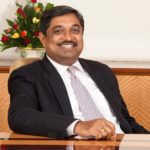 Paul Abraham is a banker with over 30 years of experience having lived and worked both in India and overseas. He has diverse interests. He is a lover of the visual arts and India’s cultural heritage. He is also a numismatist and a lover of history. He has been an active wild lifer and has been involved with conservation of India’s natural heritage over many years. He supports many causes in the field of education, nature conservation and the arts. He writes for magazines ,guest lectures at management schools and has helped publish books in the areas of conservation and Urdu poetry.
Paul Abraham is a banker with over 30 years of experience having lived and worked both in India and overseas. He has diverse interests. He is a lover of the visual arts and India’s cultural heritage. He is also a numismatist and a lover of history. He has been an active wild lifer and has been involved with conservation of India’s natural heritage over many years. He supports many causes in the field of education, nature conservation and the arts. He writes for magazines ,guest lectures at management schools and has helped publish books in the areas of conservation and Urdu poetry.







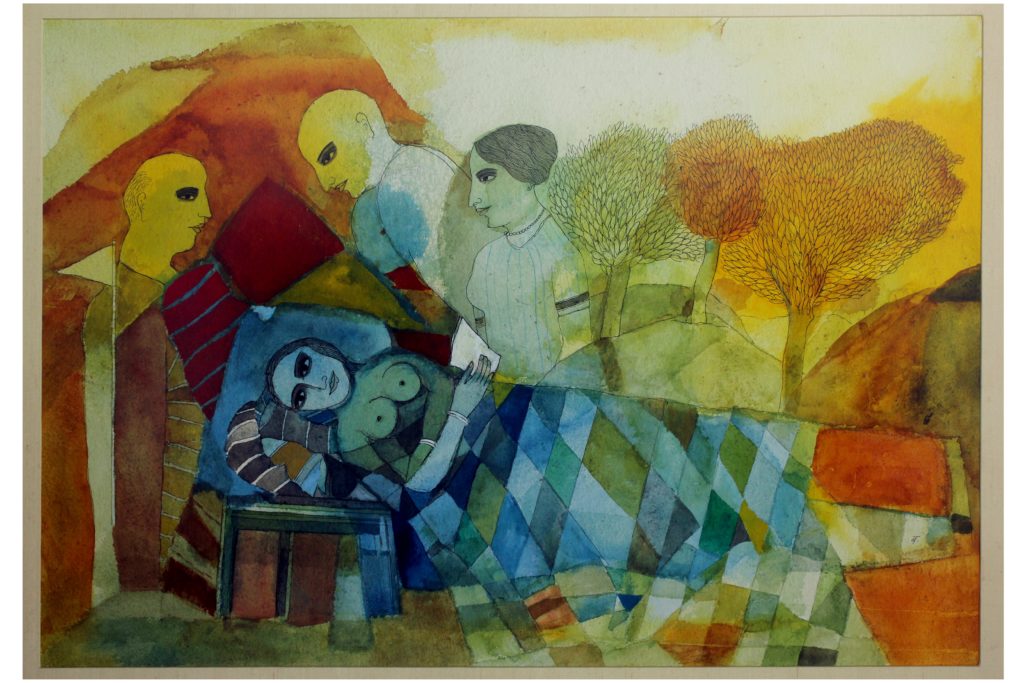
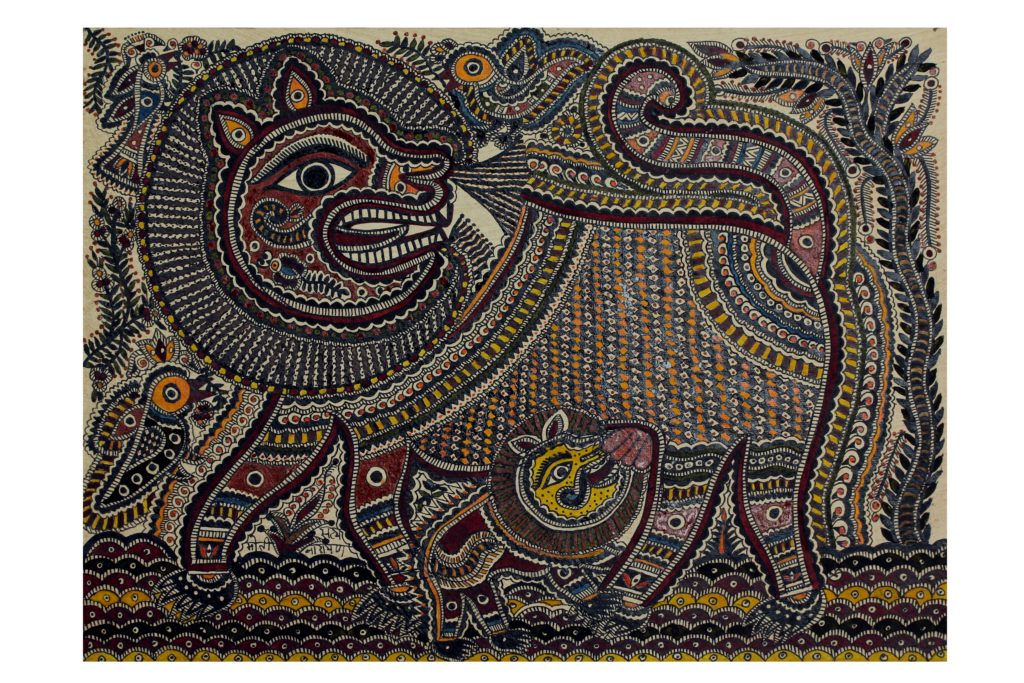

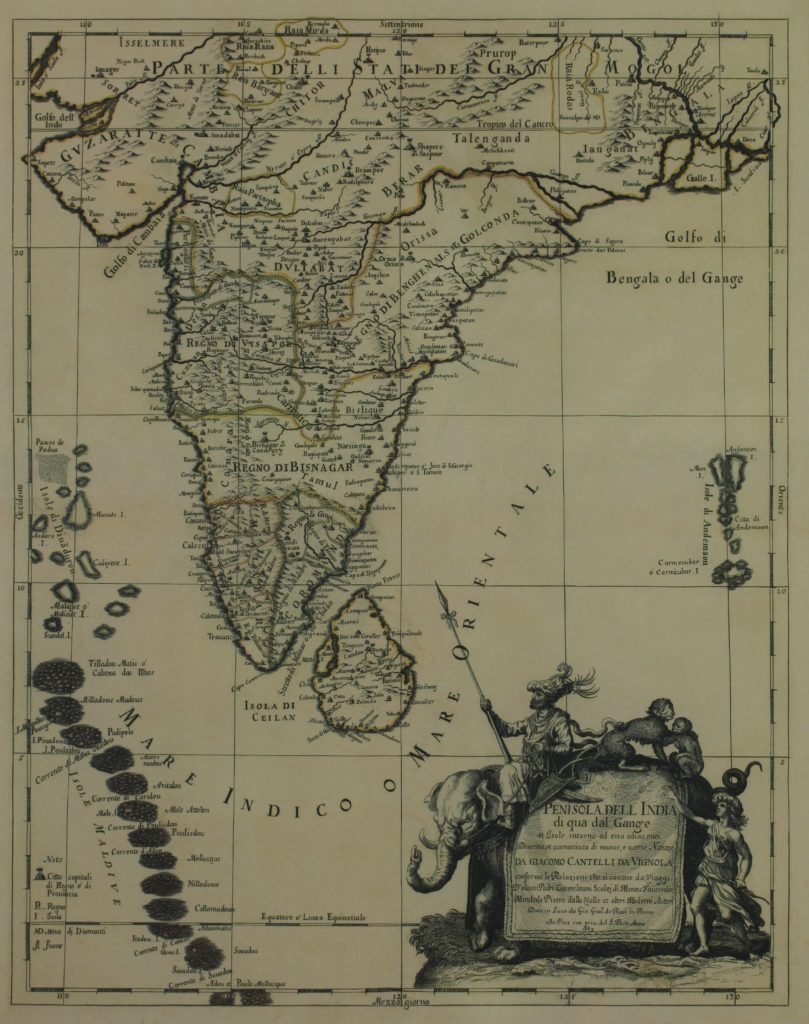
Recent Comments